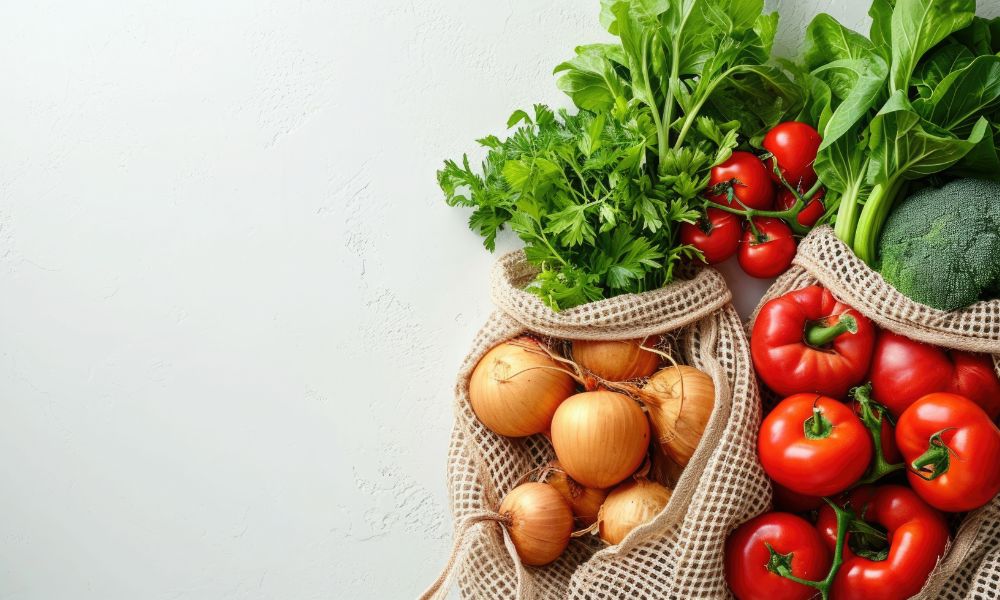When it comes to packaging your farm-fresh produce, the choices you make significantly impact your sales, the perceived value of your goods, and the convenience for your customers. Cardboard and bags carry unique benefits, and understanding the nuances helps you go the extra mile to satisfy consumers. Consider these aspects when determining if cardboard or bags are better for produce.
Benefits of Cardboard Packaging
Cardboard packaging offers unparalleled strength and durability, ensuring that produce arrives at its destination in prime condition. Its rigid structure protects delicate fruits and vegetables during transportation and handling.
Additionally, cardboard is highly customizable, allowing for eye-catching design and branding opportunities that significantly enhance your products’ perceived value. Items like cardboard vegetable boxes are available in numerous styles and present an eco-friendly packaging solution that resonates with environmentally conscious consumers.
Benefits of Using Bags for Packaging
Bags, particularly those consisting of biodegradable materials or fabric, are lightweight, compact, user-friendly, and sustainable packaging solutions. They’re especially suitable for smaller produce items or quantities, providing flexibility and convenience to consumers who may not require bulky packaging.
Branding your bags is easy, giving your produce a personal touch while promoting your farm or business. Notably, bags reduce the space necessary for storage and transport, potentially lowering operational costs.
Environmental Impact Comparison
Analyzing the environmental impact of cardboard versus bags for packaging produce requires a nuanced approach. Cardboard, while recyclable, often necessitates the use of significant natural resources in its production, including water and trees.
In contrast, bags that have biodegradable materials diminish the use of nonrenewable resources and decompose more quickly, reducing landfill waste. However, the environmental footprint of bags varies widely based on the material and the efficiency of local recycling and composting systems.
Best Practices for Sustainable Packaging
It’s pivotal to consider the material’s life cycle and end-of-life impact to achieve sustainable packaging for your produce. When considering the choice between cardboard and bags for produce packaging, use a packaging solution consisting of renewable resources with a lower carbon footprint during production. It should also be either recyclable or biodegradable. This kind of packaging will significantly reduce environmental harm. Additionally, educating your consumers about properly disposing of or recycling the packaging ensures that sustainability efforts extend beyond the point of sale.
Choosing the best packaging for your produce is a delicate balance of product protection, customer convenience, and environmental responsibility. By carefully considering the qualities and implications of each packaging type, you’ll enhance the experience for your consumers and get more sales of your produce.
